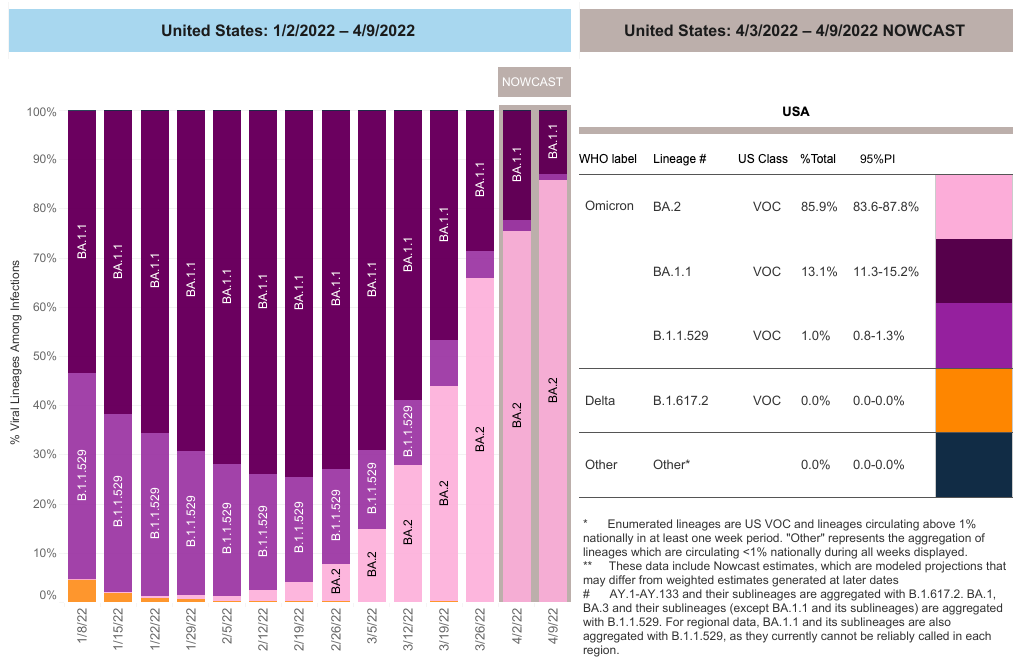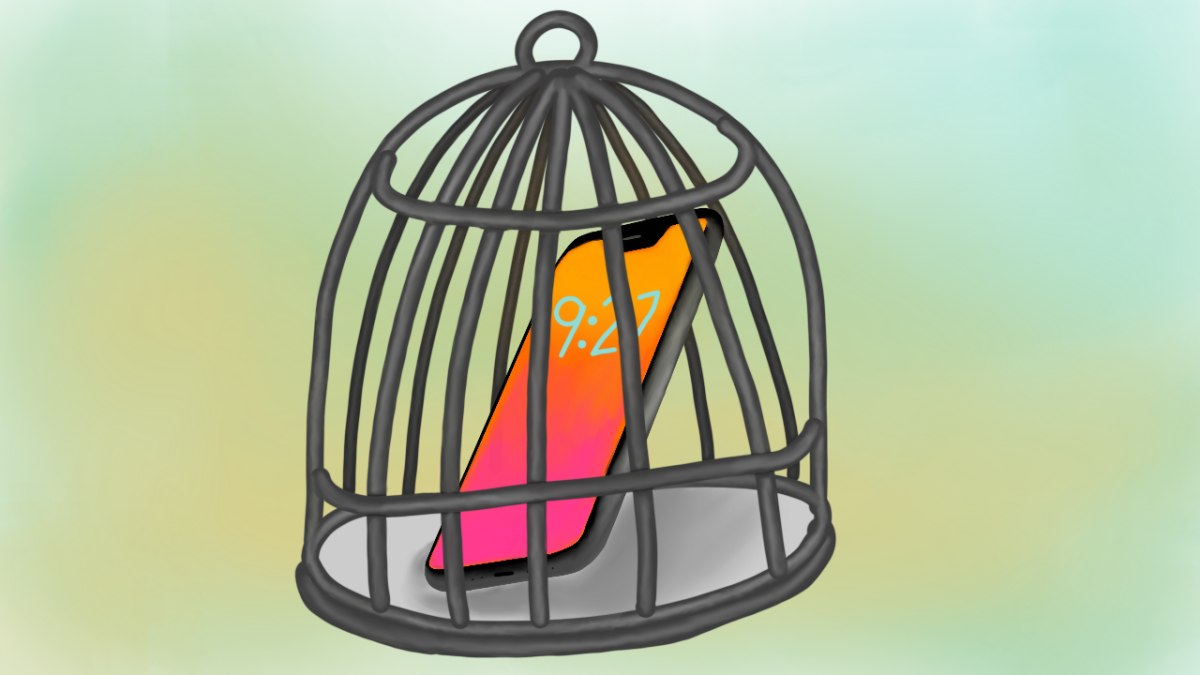New Variant: Omicron
April 14, 2022
Yup, it’s mutated again. Sars-CoV-2 ended 2021 by creating a new variant. Omicron, with its many subvariants including the current superspreader BA.2, was initially detected in South Africa and has now spread globally.
In Crimson Sun’s December 10th article “A Mutating Virus Spreads Across America,” it discusses how COVID-19 is able to quickly mutate into different versions of its former self. With these mutations comes different properties (e.g. rate of transmission and severity of infection) that scientists around the world are scrambling to figure out. While Delta was not the first mutation to occur with SARS-CoV-2, it quickly became the dominant variant of COVID rapidly spreading across the United States last fall. While COVID vaccines were already distributed to over 60% of people in September of 2021, cases continued rising. Now, just a few months after discovering the Omicron Variant in Botswana and South Africa, as of 4/2/2022, Omicron and its subvariant account for almost all cases in the United States according to the CDC Covid Data tracker. Omicron has been able to spread at a breakneck speed despite approximately 77% of eligible people having taken at least one dose of the vaccine, according to the CDC.
So the big question on everyone’s mind is, how is this variant different from Delta or the prior versions of COVID-19? The first major difference is the speed it spreads. This could be attributed to multiple different factors: (1) the possibility of the variant having increased transmissibility, and (2) the possibility that the variant is able to evade immunity coming from vaccines and prior infection. Most likely, both of these factors are playing a role in how quickly the virus has spread in the last weeks of 2021, and into 2022; however, according to the CDC, the degree to which both those factors are affecting the spread is not yet confirmed.
Additionally, Omicron spreading this quickly could have something to do with the close proximity everyone is to each other in the winter months. This idea is supported by how COVID-19 cases spiked in the winter of 2020 as well. Not only are more people gathering in large groups indoors, many COVID-19 restrictions, such as mask mandates, have been lifted. Without mask mandates and general Pandemic Fatigue many opt out of wearing a mask even when suggested. With the combination of winter weather forcing people indoors for their holiday gatherings, people no longer wearing their masks, and the public eagerly shopping for the holiday season, there was bound to be a major rise in cases.
According to the CDC, Omicron and its subvariants have been overall less deadly than its predecessors. While ERs remain crowded, they are not nearly as crowded as they have been with past variants such as Delta. However, the World Health Organization (WHO) warns that this should not make us less vigilant in our preventative measures such as mask wearing and social distancing. The Director-General of the WHO Tedros Adhanom Ghebreyesus said, “while Omicron does appear to be less severe compared to Delta, especially in those vaccinated, it does not mean it should be categorized as ‘mild’. Just like previous variants, Omicron is hospitalizing people and it is killing people.” And what he says is backed by data. The Department of Health and Human Services reports that as of April 4, 2022, only about 2% of ICU beds in New Jersey are filled with a COVID patient.
The Omicron variant’s severity is not it’s only difference from Delta. Omicron symptoms tend to come sooner than they did with previous variants. For example, the original strand of SARS-CoV-2 would usually show symptoms after at least 5 days upon contracting it. With Delta, it was around 4 days, and now with Omicron, it is approximately 3 days.
While Omicron and its subvariants may seem less worrisome than many would’ve expected, it has nonetheless contributed to many hospitals being overrun once again with COVID patients. In Morris County in early January of 2022, 33.6% of people who were tested for COVID tested positive; Comparatively to early November 2021 before Omicron, where only 3% of those tested returned positive. As of April 2, 2022, Morris County fortunately returned to the 3% positivity rate.
In late March, Dr. Anthony Fauci, the Chief Medical Advisor to the President, said in an online interview with The Washington Post, “If we are going to see an uptick, we should start seeing it within the next week or so.” Fauci emphasized the importance of being prepared for this potential new surge by continuing with preventative measures such as mask wearing and social distancing, “So the advice is: Proceed with life as normally as you possibly can, but be prepared that we might need to make modifications if things change.”





